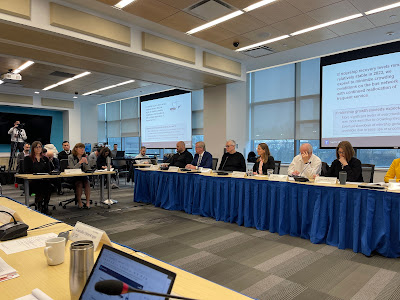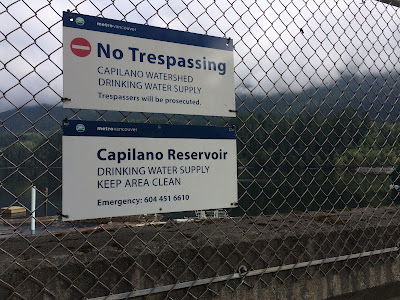Langley City Council works with City staff to develop policies for the municipality and sets the direction for the municipality. The budget is the document that helps turn these policies and directions into actions.
Yesterday, Council introduced its proposed 2023 budgets by giving it first and second reading.
There are four main pillars in the 2023 budget: preparing for SkyTrain, investing in the basics, enhancing public safety, and addressing poverty, health, and homelessness.
Over the next week, I’ll go into more detail about the proposed budget, but I wanted to highlight some of the major initiatives.
Council is planning to borrow $15 million to purchase property and fund SkyTrain-related improvements, such as road realignment, to ensure we maximize this $4 billion once-in-a-generation opportunity for residents and businesses in Langley City.
Council is also proposing increasing the property tax to help fund the much-needed replacement of worn roads and end-of-life water mains and sewer lines. Our community has an infrastructure deficit, and Council is working to close this gap. Council is proposing to add $150,000 more per year to the sewer capital reserve to bring the annual property tax contributions to $1 million. Council is also proposing to add $220,000 to the water capital reserve to bring the annual property tax contributions to $1 million. Finally, Council plans to increase the property tax to support other one-time capital projects by $333,650 to $2.2 million annually.
The City’s stable funding sources for one-time capital projects are property tax/user fees, the casino, TransLink, developer contributions, and the federal Canada Community-Building Fund. The breakdown is shown in the following interactive chart.
City also receives grants from the federal and provincial governments and TransLink to help fund specific projects. Because these grants are not stable funding sources, I did not include them in the chart.
Council is planning to invest an additional $523,000 to hire three new firefighters this year to keep up with the needs of our growing community.
The City plans to host a series of collaborative workshops with the province, service providers, and people with lived experience to address the gaps preventing meaningful action on addressing poverty, health, mental health, and homelessness in our community. Council is planning to add a staff member to help carry out this ongoing work.
Other critical action areas for Council this year include maintaining and growing our urban forest health to reduce the heat island effect and help mitigate the impacts of climate change, and continuing to invest in our recreation programs.
After carefully reviewing the budget, Council is maintaining the current service levels the City provides.
The following table outlines the property tax changes as a result.
| Objective | Additional Tax Required | Tax Rate Impact |
|---|---|---|
| Maintain Current Service Level (Inflation) | $1,085,385 | 3.24% |
| Preparing for SkyTrain | $1,278,930 | 3.83% |
| Investing in the Basics | $333,650 | 1% |
| Enhancing Public Safety | $523,820 | 1.57% |
| Addressing Poverty, Health and Homelessness | $180,930 | 0.54% |
| Urban Forest Management | $140,000 | 0.42% |
| Recreation | $121,665 | 0.37% |
| Other Service Level Increases | $198,780 | 0.59% |
The following table shows how it will impact your property tax bill.
| Classification | Average Assessed Value | Annual Change | Monthly Change | % Change |
|---|---|---|---|---|
| Attached (Appartment-Townhouse) | $582,203 | $192 | $16.00 | 11.56% |
| Detached (Single-Family) | $1,403,232 | $379 | $31.60 | 10.09% |
The average business property will see a proposed increase of 11.92% and the average light industrial property 11.98%.
The next step in the budget process is a public open house which will take place on Tuesday, February 7th, between 6 pm and 8 pm at Langely City Hall. This open house will allow people to talk with senior City staff about the proposed budget to learn more about it and get their questions answered. At the 7 pm February 13th City Council meeting, people will be able to provide formal feedback about the proposed 2023 budget to Council. Council will consider the input from the community and, at the February 27th meeting, will vote on moving the budget forward as currently proposed or with changes. The earliest Council could officially approve the budget is at the March 6th Council meeting.

















